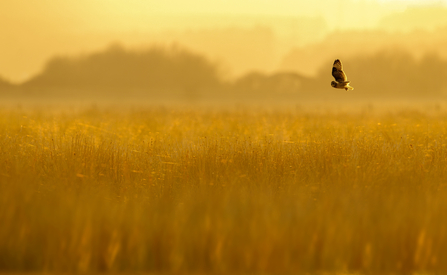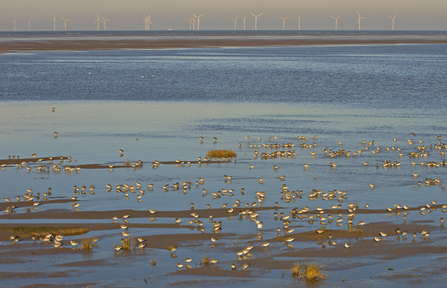Observing nature everywhere
Wherever I go, I'm constantly on the lookout for wildlife. As I walk down a street, I notice the ticking call of a wren or repetitive notes of a song thrush. The sight of wildflowers along a footpath enriches my daily experience. As your appreciation for nature grows, so too will your curiosity in fieldcraft.
What is fieldcraft?
Fieldcraft is mastering the behaviours and actions necessary for observing wildlife, combined with understanding of the species, their behaviours and environments. Fieldcraft skills not only allow you to see and experience amazing wildlife but also foster respect for the species and the habitat in which it lives. Here are seven top tips for amazing wildlife experiences:




